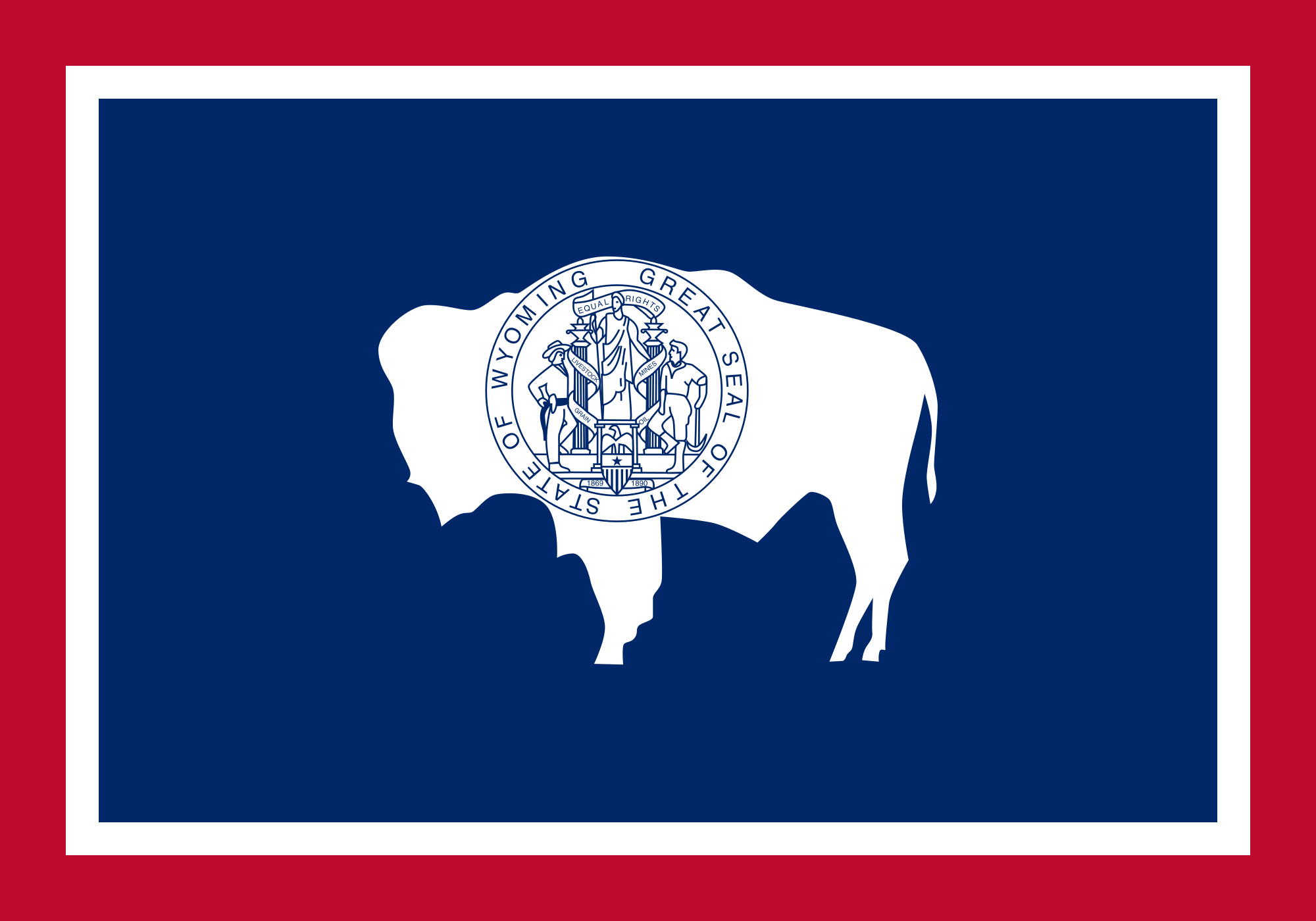SVIalpine.com is made possible thanks to a partnership between SVI Media, the Alpine Travel & Tourism Board and the Town of Alpine.
© 2024 SVI Media
Proudly built by Wyomingites in Wyoming

By Austin Beck-Doss
The Ranger
Via- Wyoming News Exchange
RIVERTON — Last Thursday evening in the Lander Ambulance Station training room, Samuel Semadeni of Wind River Cares Tribal Victims Services presented on human trafficking and its risk factors in Fremont County.
“According to the numbers we have available to us, this area is faced with an increased threat of human trafficking,” warned Semadeni, a doctoral candidate in occupational therapy at A.T. Still University. “We have a number of adverse variables, and a lot of gaps to fall through.”
Drawing attention to the conclusions of his research in a room full of local emergency medical services providers, FBI employees, and tribal community leaders, Semadeni highlighted key stats that he believes raise Fremont County’s vulnerability to human trafficking crimes.
“Our poverty rate [in Fremont County] is higher than the national average at 12.4%,” he noted. “We also see 52 cases of child runaway behavior per year, including an average of 39 on the Wind River Reservation. We struggle with alcohol and substance abuse, and though we represent just 7% of the state’s population, we contribute 14% of the total crime arrests.”
Semadeni acknowledged that various factors may be contributing to the state’s high crime rate.
“That could be also due to our first responders doing an excellent job,” he said to a crowd of police officers and EMTS. “Local circumstances don’t prove that human trafficking is going to happen here, but I believe they are relevant.”
Zooming out, Semadeni shared that around 400,000 minors are victims of trafficking in the U.S. each year, making the nation the “second-largest market” for trafficking in the world. Though this stat dates back to 2010, Semadeni noted that “newer peer reviewed national and global studies aren’t currently available.”
Ultimately, the purpose of the presentation was to raise awareness of human trafficking and provide tools to attendees to better handle and prevent cases of it in Fremont County and on the reservation.
“If you are concerned about someone you know who may be in a trafficking situation, there are a series of key questions you can ask,” Semadeni suggested. “First, can the person leave their job if they want to? Can they come and go as they please? Do they live with their employer?”
Then Semadeni proposed a pair of policy items based on his findings.
First, he said, Fremont County should invest in training programs for adults who are most likely to encounter trafficking victims.
“The Wyoming Division of Victim Services recently sent out a survey to all of the trafficking nonprofits in the state, and they found that we are lacking in education and training efforts for law enforcement and medical professionals who work with kids,” he said.
Second, Semadeni urged the Eastern Shoshone and Northern Arapaho tribes to adopt an official tribal code that names and outlaws human trafficking.
“There’s a lot of reform going on already and there are efforts in place to address the current lack of a code – but I believe that should be a priority,” he said.
These two proposals – increased training programs and a new tribal code – make up the base level of what Semadeni called Fremont County’s “hierarchy of trafficking-related needs.”
“Once those are in place, we can work toward the next steps, including transient housing and community reintegration programming,” he remarked.
Semadeni asked law enforcement personnel in attendance about how human trafficking crimes are currently prosecuted in Fremont County.
“It’s very uncommon that cases will be prosecuted by both state and federal agencies,” said one audience member.
Ultimately, the crowd came to the consensus that crimes committed on the reservation tend to fall under the FBI’s jurisdiction, while off-reservation crimes are generally subject to a state-driven process.
“It’s complex, and because of all the overlap, these crimes often go unreported,” Semadeni said. “From my perspective, the best way to fill in these gaps is to follow a specific protocol any time a trafficking crime is suspected. First, contact the FBI. Second, get in touch with Wyoming Division of Victim Services, where a sexual assault nurse examiner can offer primary care.”
According to statistics gathered by the National Human Trafficking Hotline, there have been 395 contacts, including phone calls, texts, online chats and submitted forms, in Wyoming since 2007. In 2020, 47 people in Wyoming contacted the hotline, with 11 human trafficking cases reported.
SVIalpine.com is made possible thanks to a partnership between SVI Media, the Alpine Travel & Tourism Board and the Town of Alpine.
© 2024 SVI Media
Proudly built by Wyomingites in Wyoming
